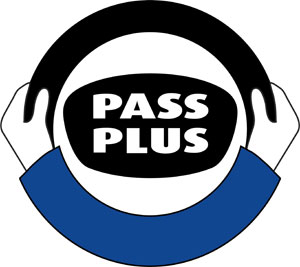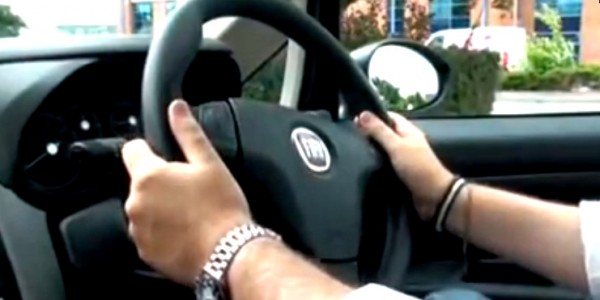After many hours of research, trial and error and testing on different mobile devices I have concluded the following universal video encoding for mobile devices to reach the widest of audiences with respect to video.
Video codec: MPEG-4 Simple Profile
Video resolution: 320 x 240
Video frame rate: 24 fps
Video bitrate: 300 kbs
Audio codec: AAC-LC
Audio channels: 2 (Stereo)
Audio bitrate: 128 Kbs
File type: .mp4
Total: 428 Kbs (Mobile internet download speeds average just 1.5Mbps)[i]
[i] http://www.computerweekly.com/news/1280097362/Mobile-internet-download-speeds-average-just-15Mbps
iPhone
MPEG-4 video: up to 2.5 Mbps, 640 by 480 pixels, 30 frames per second, Simple Profile with AAC-LC audio up to 160 Kbps, 48kHz, stereo audio in .m4v, .mp4, and .mov file formats
Blackberry
MPEG-4 Part 2 (Simple Profile and bvop, including DivX 4) File formats – .avi, .3gp, .mp4, .mov
Video – Up to 320 x 240, up to 800 kbps, up to 30 frames per second
Android
MPEG-4 Simple Profile
| SD (Low quality) | SD (High quality) | HD (Not available on all devices) | |
| Video codec | H.264 Baseline Profile | H.264 Baseline Profile | H.264 Baseline Profile |
| Video resolution | 176 x 144 px | 480 x 360 px | 1280 x 720 px |
| Video frame rate | 12 fps | 30 fps | 30 fps |
| Video bitrate | 56 Kbps | 500 Kbps | 2 Mbps |
| Audio codec | AAC-LC | AAC-LC | AAC-LC |
| Audio channels | 1 (mono) | 2 (stereo) | 2 (stereo) |
| Audio bitrate | 24 Kbps | 128 Kbps | 192 Kbps |


